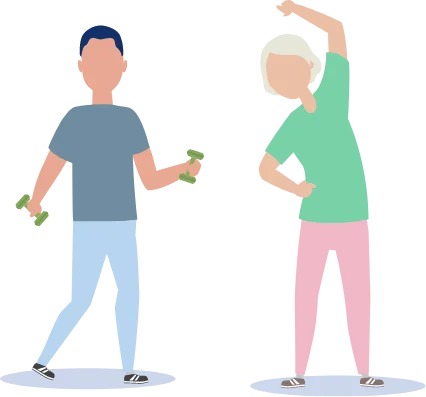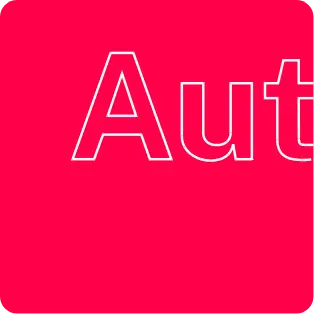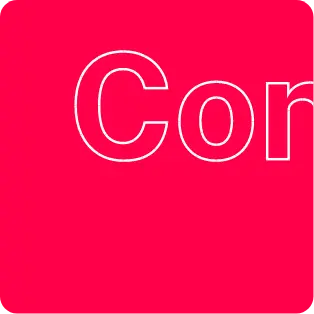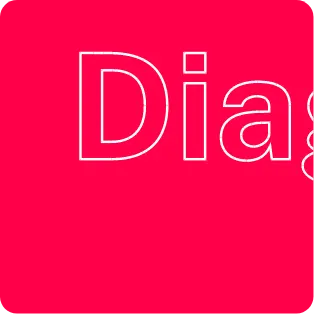
Dry Needling
Dry needling is a modern therapeutic technique used to treat musculoskeletal pain and dysfunction. By inserting fine, sterile needles into trigger points—tight bands or knots within a muscle—dry needling aims to release tension, improve range of motion, and promote healing. Unlike acupuncture, which is based on traditional Chinese medicine, dry needling is rooted in Western medicine principles and primarily focuses on alleviating physical symptoms. This technique is increasingly utilized by physical therapists, chiropractors, and healthcare practitioners to address various conditions, from chronic pain to sports injuries. Explore our webpage to learn more about the benefits, procedures, and expert opinions on dry needling.
Dry Needling Q&A
What is Dry Needling?
Dry needling is a therapeutic technique in which thin, sterile needles are inserted into specific trigger points or tight muscle bands to relieve pain and improve muscle function. Unlike acupuncture, which is based on traditional Chinese medicine, dry needling is rooted in Western medicine principles.
How does Dry Needling work?
Dry needling works by causing a twitch response in the muscle, which helps to release tightness, reduce inflammation, and improve blood flow. This process can lead to a decrease in pain and an increase in range of motion and muscle function.
Is Dry Needling painful?
Most patients experience minimal discomfort during dry needling. You might feel a slight pinch when the needle is inserted, followed by a twitch or cramp-like sensation. These sensations are usually brief and are signs that the treatment is working.
What conditions can be treated with Dry Needling?
Dry needling can be effective for a variety of musculoskeletal issues, including:
- neck and back pain
- shoulder pain
- hip and gluteal pain
- tennis elbow
- headaches
- plantar fasciitis
- more…
How long does a session of Dry Needling take?
A dry needling session typically lasts between 15 to 30 minutes, depending on the area being treated and the severity of the condition. Your therapist will work with you to determine the appropriate length and frequency of your sessions.
Are there any side effects of Dry Needling?
Some patients may experience mild side effects such as soreness, bruising, or bleeding at the needle insertion sites. These side effects are generally short-lived and resolve on their own within a few days.
Is Dry Needling safe?
When performed by a trained and licensed practitioner, dry needling is considered a safe and effective treatment option. It is essential to choose a qualified professional to ensure proper technique and reduce the risk of complications.
What’s the difference between Dry Needling and Acupuncture?
Though both dry needling and acupuncture involve the use of thin needles inserted into the skin, they differ significantly in their methods and goals. Dry needling is a modern therapeutic technique rooted in Western medicine that targets trigger points in muscles to alleviate pain and improve function. These trigger points are specific areas of muscle tension or knots contributing to discomfort and restricted movement. On the other hand, acupuncture is a traditional Chinese medicine practice dating back thousands of years. It aims to restore the body’s balance and flow of energy, known as Qi, by inserting needles at specific points along meridians. While both treatments can be effective for pain relief, the theoretical foundations and application techniques set them apart.
What We Offer
Services








